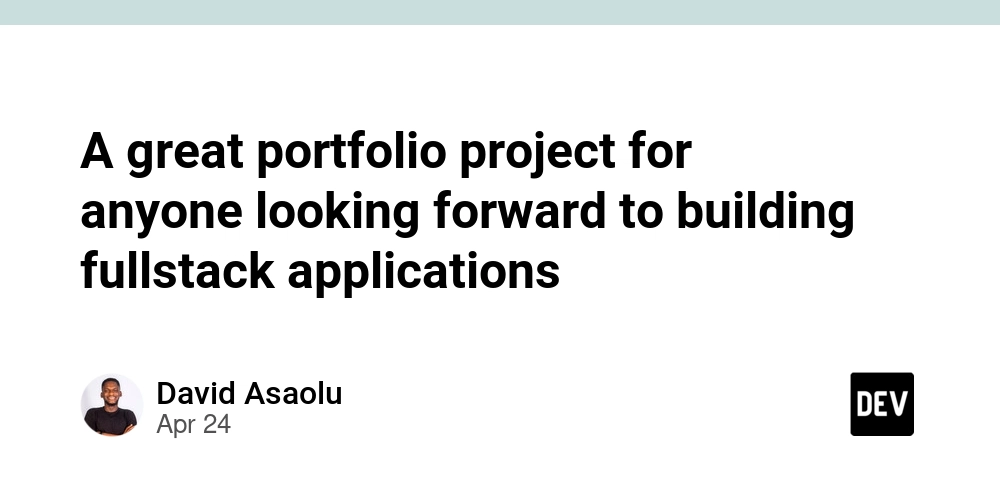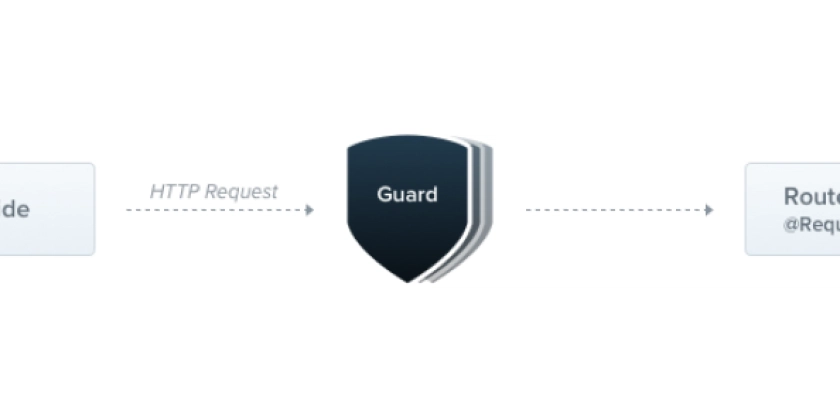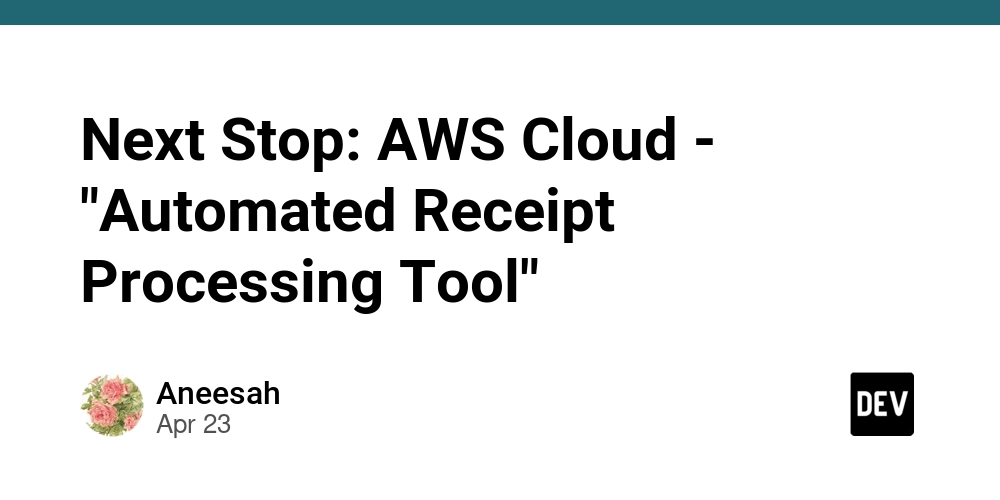
Is Kubernetes Platform Engineering Worth It? How to Convince Your Boss
Thinking about building an Internal Developer Portal (IDP) with Kubernetes? Or maybe you need to improve your existing platform? Learn how to make a compelling case to your boss and drive adoption. This guide will help you understand the platform engineering north star architecture, showcase its benefits, and get buy-in from leadership while implementing platform engineering best practices.
What is a Kubernetes Internal Developer Portal Anyway?
An Internal Developer Platform (IDP) is like a self-service virtual vending machine for developers. It's a centralized system providing pre-configured tools, templates, and workflows, allowing developers to build and deploy applications without infrastructure hassles. Think standardized resources, automation, and streamlined processes empowering developers to focus on coding.
- Simplified Deployment: Developers get what they need without server configurations or database setups.
- Centralized System: Offers standardized templates, workflows, and resources.
- Reduced Cognitive Load: Reduces the cognitive load for developers.
- Security Enforced: Enforce security standards and audit requirements.
Why Platform Engineering is a Must-Have for Kubernetes Success
Why should your company invest in platform engineering, especially with Kubernetes? Here's the core benefit: increased developer productivity and organizational agility. A strong internal platform lets developers concentrate on coding instead of battling infrastructure complexities.
- Developer Focus: Consistent, self-service access to cloud-native resources.
- Enhanced Flow: Improve developer flow and reduce bottlenecks.
- Secure by Default: Ensure adherence to security and compliance standards.
Defining Your Platform Engineering Vision: Key Components
A successful platform engineering vision, as defined by the CNCF, hinges on several important tenets.
- Platform as a product: Designed for developers and their common use cases. Treat your platform as a product.
- Focus on the user experience: Flexible interfaces and multiple access points (GUIs, APIs, Cli).
- Comprehensive Documentation: Always keep documentation up-to-date and easy to discover.
- Self-service capabilities: User requests fulfilled without manual intervention.
- Reduced cognitive load: Hides complexity, focusing user experience.
- Optional and Composable: Users choose the services they want to use to ensure maximum flexibility.
- Secure by default: Built-in compliance and security validations.
The Kubernetes Platform Engineering North Star Architecture: A Modern Approach
What does a target-state architecture incorporating modern cloud-native practices look like for Kubernetes? Here's a glimpse:
- Infrastructure as Code: Use Terraform and Crossplane for declarative infrastructure management.
- GitOps-Driven Automation: Employ Argo CD and Argo Workflows for deployment and orchestration.
- Developer Self-Service: Centralize workflows with Backstage as a developer portal.
- Scalable & Flexible Architecture: Leverage Kubernetes as the foundational platform with optimization strategies.
- Platform Governance: Integrate with IAM, security policies, and compliance for robust control.
CNCF Platform Engineering Maturity Model
Using the CNCF Platform Engineering Maturity Model is a great way to assess your progress. The 4 levels of maturity are:
- Level 1 - Provisional: Ad-hoc, reactive responses to team needs
- Level 2 - Operational: Dedicated platform teams, standard interfaces, centralized tracking
- Level 3 - Scalable: Self-service solutions, centrally orchestrated capabilities, standard processes
- Level 4 - Optimizing: Intrinsic pull from users, integrated services, quantitative and qualitative measurement
The model evaluates maturity across five areas:
- Investment: How staff and funds are allocated
- Adoption: How users discover and use platform capabilities
- Interfaces: How users interact with the platform
- Operations: How platform capabilities are planned and maintained
- Measurement: How feedback is gathered and incorporated
Your Path to Platform Maturity in Three Phases
If your platform isn't quite where you want it to be, consider this phased transformation strategy toward having mature platform engineering for Kubernetes:
Phase 1: Solidify the Foundation
- Establish solid security controls and boundaries.
- Define your operating model and RACI (Responsible, Accountable, Consulted, Informed) matrix.
- Create Infrastructure as Code (IaC) blueprints and robust DevOps pipelines.
- Thoroughly document all common consumption patterns.
Phase 2: Scale and Enhance
- Implement self-service features for improved user experience.
- Develop an internal developer portal for centralized access.
- Strengthen governance with preventive and detective controls.
- Collect and analyze detailed user feedback.
Phase 3: Optimize and Innovate
- Foster a culture encouraging experimentation and innovation.
- Invest in continuous learning and development of engineering talent.
- Form cross-functional teams that champion inner-sourcing models.
- Explore and leverage emerging technologies like Generative AI.
- Establish robust feedback loops for iterative improvement.
Convincing Your Boss: Talking Points for Kubernetes Platform Engineering
Ready to advocate for investing in or improving your Kubernetes platform? Arm yourself with these compelling talking points on platform engineering:
- Focus on business outcomes: Connect platform improvements to tangible benefits like faster releases and reduced costs.
- Show the adoption pattern: Highlight the value of your platform through internal presentations and user onboarding.
- Highlight the cost of not investing: Demonstrate the risks and inefficiencies of neglecting your platform engineering strategy.
- Present a phased approach: Break down the project into manageable steps to avoid overwhelming the team.
- Use the maturity model as a benchmark: Track progress and identify areas for improvement using the CNCF maturity model.
- Faster developer productivity.
- Improved operational efficiency.
- Enhanced organizational agility.
- Scalability and reduced costs.
Time to Build Your Kubernetes Platform
The journey to platform excellence is a marathon, not a sprint. A clear roadmap helps build a platform developers love, security teams respect, and leadership recognizes as a driver of business value.

















![California Software Companies: Unveiling Tech Leaders & Future Trends [2025]](https://media2.dev.to/dynamic/image/width=1000,height=500,fit=cover,gravity=auto,format=auto/https%3A%2F%2Fcontenu.nyc3.digitaloceanspaces.com%2Fjournalist%2F5bd5aa41-4877-4647-a4d3-4f4915a589fc%2Fthumbnail.jpeg)





